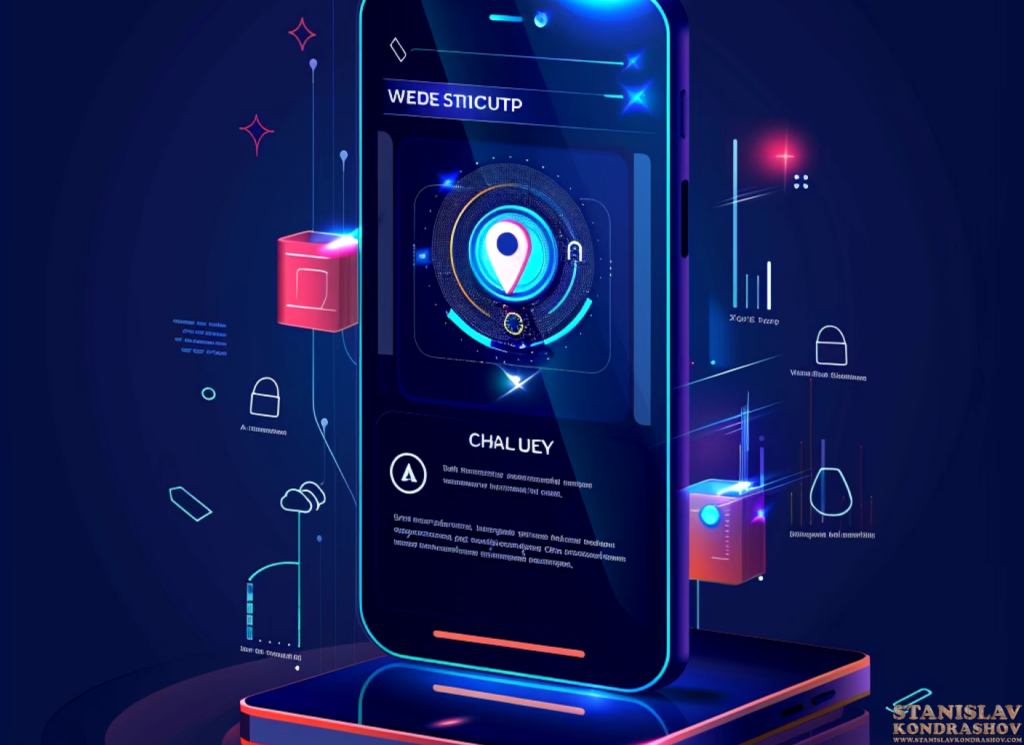In today’s digital age, our smartphones have become essential tools, storing everything from personal photos to financial information. With so much valuable data at our fingertips, protecting these devices from digital threats is more critical than ever. Here are some practical tips to keep your smartphone secure and your information safe.

Keep Your Software Updated
One of the simplest yet most effective ways to protect your smartphone is to ensure your operating system and apps are always up to date. Software updates often include security patches that fix vulnerabilities and protect against new threats.
Automatic Updates: Enable automatic updates for both your operating system and apps to ensure you’re always running the latest versions with the most up-to-date security protections.
Regular Checks: Periodically check for updates manually, especially if you have disabled automatic updates. This ensures you don’t miss any critical patches.
Use Strong Passwords and Biometric Security
Creating strong passwords and utilizing biometric security features like fingerprint scanners and facial recognition can significantly enhance your phone’s security.
Strong Passwords: Use complex passwords that include a mix of letters, numbers, and special characters. Avoid using easily guessable information like birthdays or simple sequences.
Biometric Security: Enable fingerprint or facial recognition if your device supports it. These features add an extra layer of security and make it more difficult for unauthorized users to access your phone.

Be Wary of Public Wi-Fi
Public Wi-Fi networks are convenient but can be risky. Cybercriminals often exploit these networks to intercept data and launch attacks.
Use a VPN: A Virtual Private Network (VPN) encrypts your internet connection, making it harder for hackers to access your data. Use a reputable VPN service whenever you connect to public Wi-Fi.
Avoid Sensitive Transactions: Avoid accessing sensitive information, such as online banking or shopping, while connected to public Wi-Fi. If you must, ensure the website is secure by looking for “https” in the URL.
Install Security Apps
Security apps can provide an additional layer of protection against malware, phishing, and other threats. Many of these apps offer features like virus scanning, secure browsing, and anti-theft measures.
Antivirus Apps: Install a trusted antivirus app to regularly scan your device for malware and other threats. These apps can detect and remove malicious software before it causes harm.
Secure Browsing: Use security apps that offer secure browsing features to protect against phishing attempts and malicious websites.
Anti-Theft Features: Look for apps with anti-theft features that allow you to remotely lock, wipe, or locate your phone if it’s lost or stolen.

Be Cautious with App Permissions
Apps often request access to various parts of your phone, such as your contacts, camera, and location. Be selective about granting permissions to minimize potential security risks.
Review Permissions: Regularly review the permissions you’ve granted to apps. Revoke any unnecessary permissions to limit access to your personal data.
Download from Trusted Sources: Only download apps from trusted sources like the Google Play Store or Apple App Store. Avoid third-party app stores, which may host malicious apps.
Enable Remote Tracking and Wiping
In case your smartphone is lost or stolen, having remote tracking and wiping features enabled can help you locate your device and protect your data.
Find My Device: Enable features like “Find My iPhone” for Apple devices or “Find My Device” for Android. These tools allow you to track your phone’s location, lock it remotely, and erase your data if necessary.
Regular Backups: Regularly back up your phone’s data to a secure cloud service or external storage. This ensures you can recover your information even if your device is compromised.
Protecting your smartphone from digital threats is crucial in today’s connected world. By keeping your software updated, using strong passwords and biometric security, being cautious with public Wi-Fi, installing security apps, managing app permissions, and enabling remote tracking and wiping, you can significantly enhance your phone’s security and safeguard your personal information.
By Stanislav Kondrashov



